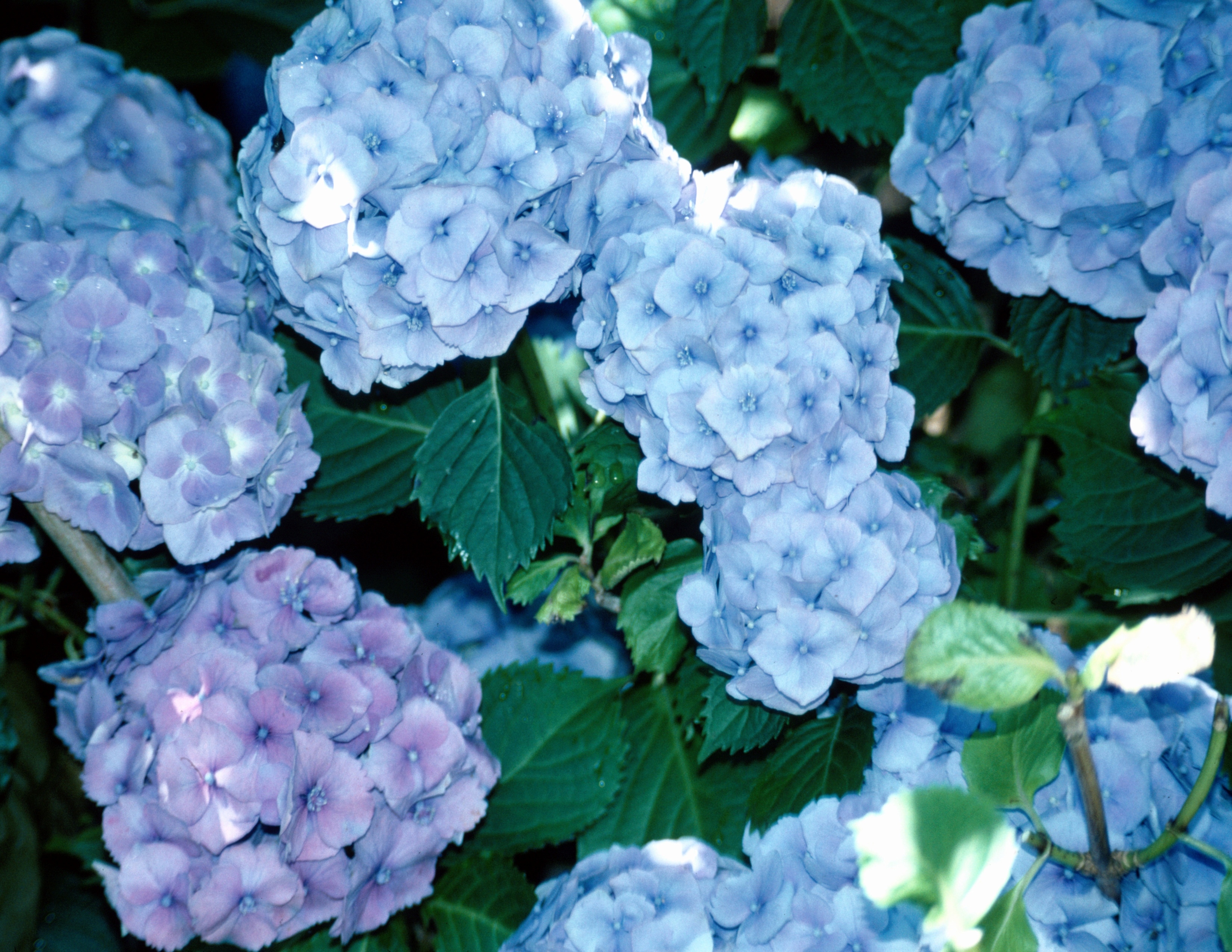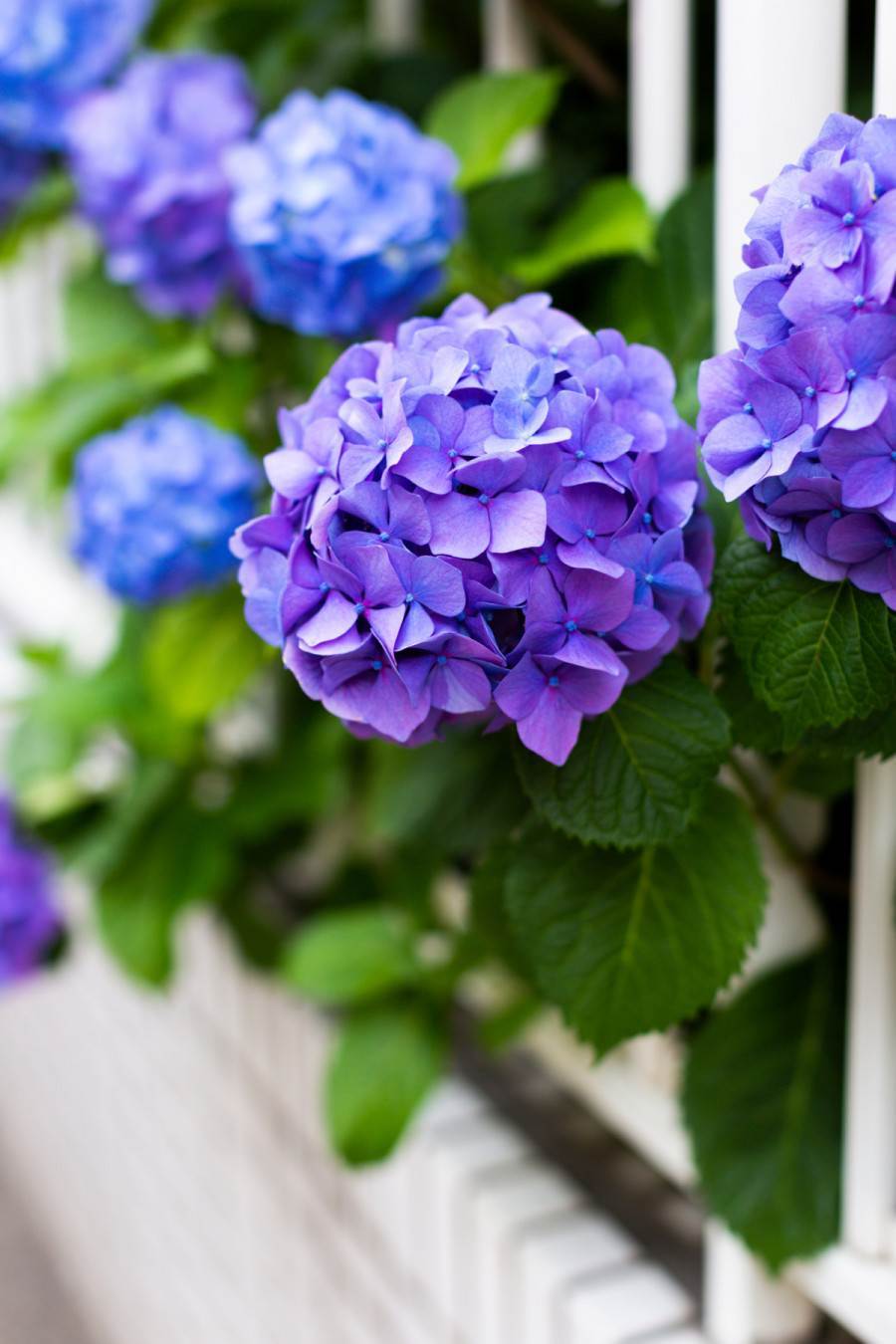A Stepbystep Guide To Repotting Hydrangeas
A Step-by-Step Guide to Repotting Hydrangeas
Hydrangeas are beautiful flowering shrubs that can be enjoyed in gardens and containers for many years. However, over time, they may outgrow their pots or become rootbound. When this happens, it is important to repot them into a larger container to give their roots more room to grow.
Repotting hydrangeas is a relatively simple process, but it is important to do it correctly to avoid damaging the plant. In this blog post, we will provide you with a step-by-step guide to repotting hydrangeas.
What You Will Need
- A new pot that is 2-3 inches larger in diameter than the current pot
- Potting soil that is specifically designed for hydrangeas
- A shovel or trowel
- Gloves
- Water
- Fertilizer (optional)
- pH meter (optional)
When to Repot
The best time to repot hydrangeas is in the spring or fall, when the plant is not actively growing. If you live in a warm climate, you may also be able to repot hydrangeas in the winter.
How to Repot
- Water the hydrangea thoroughly the day before you plan to repot it. This will help to loosen the roots and make them easier to transplant.
- Place the hydrangea in a shady spot and remove it from its pot. Be careful not to damage the roots.
- If the roots are tightly packed, use a shovel or trowel to loosen them.
- Fill the new pot with potting soil, leaving about an inch of space at the top.
- Place the hydrangea in the new pot and backfill with soil.
- Water the hydrangea thoroughly.
- Fertilize the hydrangea with a balanced fertilizer, following the directions on the label.
- Place the hydrangea in a shady spot and keep the soil moist.
Care After Repotting
After repotting, it is important to care for your hydrangea properly to help it recover and thrive. Here are a few tips:
- Water the hydrangea regularly, especially during the first few weeks after repotting.
- Fertilize the hydrangea every few weeks with a balanced fertilizer.
- Place the hydrangea in a shady spot for the first few weeks after repotting.
- Gradually move the hydrangea to a sunnier spot as it acclimates to its new pot.
Conclusion
Repotting hydrangeas is a relatively simple process that can be done by gardeners of all skill levels. By following the steps in this blog post, you can ensure that your hydrangeas continue to thrive for many years to come.
Repotting hydrangeas is a relatively simple process, but it's important to do it right to ensure the health of your plant. Here are the basic steps:
- Choose a pot that is one size larger than the current pot.
- Fill the new pot with a potting mix that is specifically designed for hydrangeas.
- Carefully remove the hydrangea from its current pot and gently tease out the roots.
- Place the hydrangea in the new pot and backfill with potting mix.
- Water the hydrangea thoroughly.
If you want more detailed instructions on how to repot hydrangeas, I recommend visiting . This website has a wealth of information on hydrangea care, including a step-by-step guide on repotting.
FAQ of repotting hydrangeas
- When should I repot my hydrangea?
Hydrangeas should be repotted every 2-3 years, or when they outgrow their current pot. The best time to repot is in the spring, after the last frost.
- What size pot do I need for my hydrangea?
The size of the pot you need for your hydrangea will depend on the size of the plant. A good rule of thumb is to choose a pot that is 2-3 inches wider and deeper than the current pot.
- What type of soil should I use for my hydrangea?
Hydrangeas prefer a rich, loamy soil that is well-drained. You can buy a commercial hydrangea potting mix, or make your own by mixing equal parts potting soil, compost, and perlite.
- How do I repot my hydrangea?
To repot your hydrangea, start by loosening the roots of the plant. Then, carefully remove the plant from its current pot and place it in the new pot. Fill in the gaps around the roots with fresh soil, and water the plant thoroughly.
- How do I care for my repotted hydrangea?
After repotting, your hydrangea will need regular watering and fertilizing. Water the plant deeply once a week, and fertilize it every 2-3 weeks with a balanced fertilizer. Your hydrangea should start to show new growth within a few weeks.




Post a Comment for "A Stepbystep Guide To Repotting Hydrangeas"